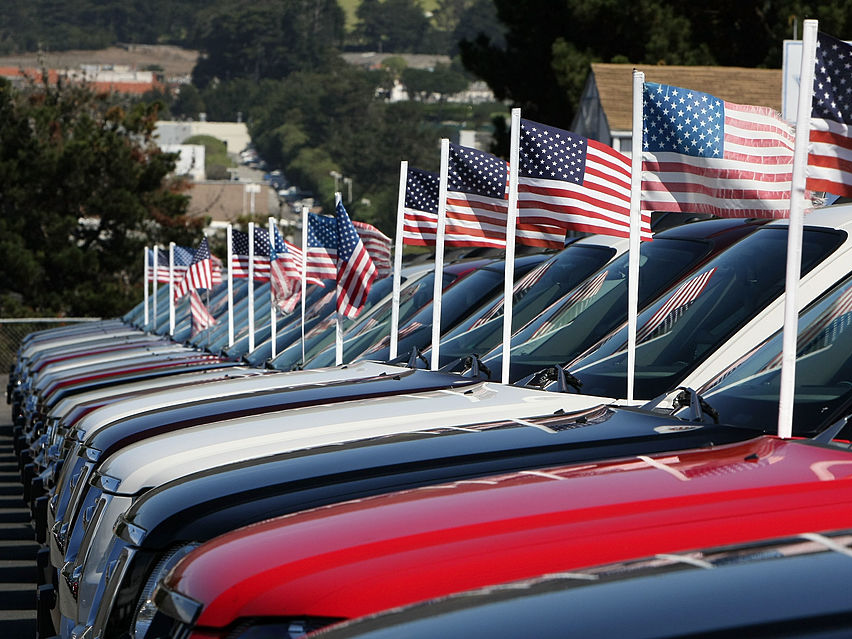US auto sales rose for an unprecedented seventh straight year in 2016, topping the record set in 2015.
In December, sales rose at a seasonally adjusted annual rate of 18.4 million according to Autodata, smashing economists’ forecast for 17.7 million.
According to Automotive News, the gain in December pushed the pace of sales last year up by 0.3% to a record 17.54 million cars and light trucks. Automakers sold 17.4 million vehicles in 2015.
Among the so-called Big Three, GM led year-on-year growth in December with an increase by 10%, topping analysts’ estimates. Ford and Fiat Chrysler also beat expectations.
Auto sales are considered a bellwether of consumer spending because cars are among the most expensive items many households buy.
Sales last year were driven by lower gas prices, the relatively high average vehicle age for cars on the road (over 11 years), easy credit, and incentives for buyers.
Even better for automakers, consumers were buying pickups and SUVs, which bring in the most profits.
Because the market is cyclical, it's possible that the plateauing some strategists warned would happen last year took place. Interest rates are slowly rising, commercial banks are tightening auto lending standards, and the subprime delinquency rate - missed payments among people with a tarnished credit history - is creeping higher.
Also, carmakers, who have dished out lavish incentives to attract buyers, may face higher costs if the new administration implements trade restrictions. On Tuesday, President-elect Donald Trump threatened a tariff on General Motors for manufacturing a version of the Chevy Cruze in Mexico.
Here are the year-on-year growth rates:
- GM: 10% (4.4% expected) Ford: 0.1% (-2.1% expected)Fiat Chrysler: -10% (-14% expected)Nissan: 9.7% (-2.8% expected)Volkswagen of America: 20.3% Toyota: 2% (-2.3% expected)Mazda: -1.8% Honda: 6.4% (-1% expected)











